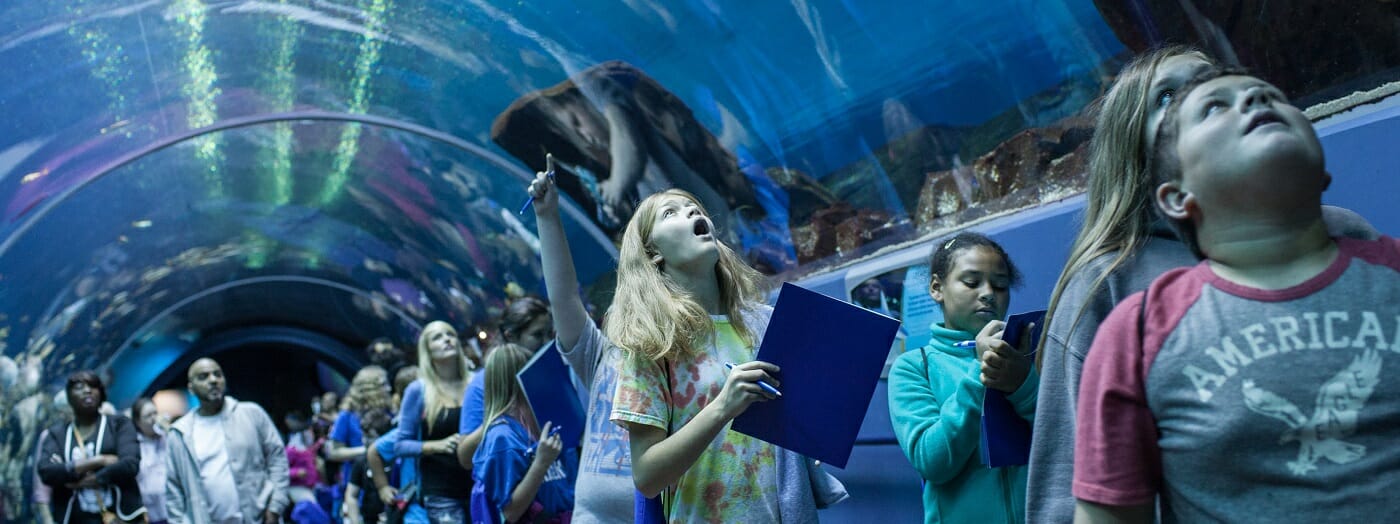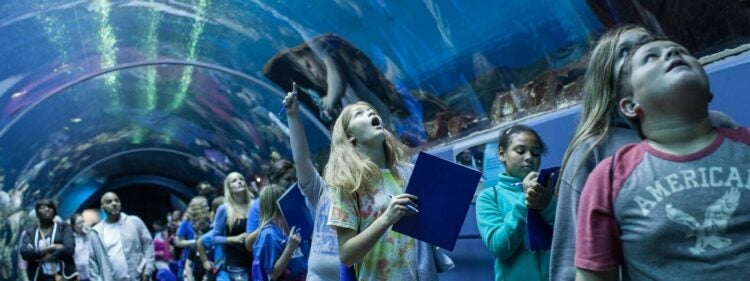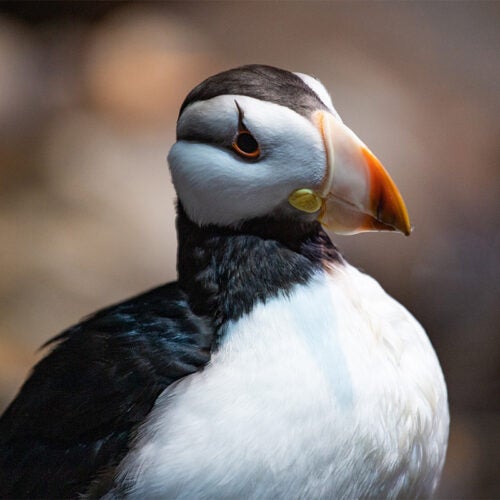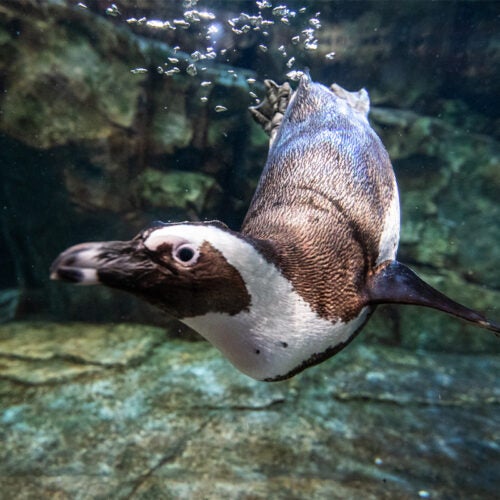Our engaging instructor-led programs provide focused learning opportunities where students can ask questions, collaborate and problem solve with the guidance of our Georgia Aquarium Educators. Programs are aligned to Georgia Standards of Excellence (GSE) and include a grade-specific, downloadable Teacher Guide with pre- and post-visit activities. Instructor-led programs are 30 minutes for Pre-K and 45 minutes for Grades K-12. At the end of the program, groups will have the remainder of their time to enjoy the various galleries and presentations at the Aquarium.




